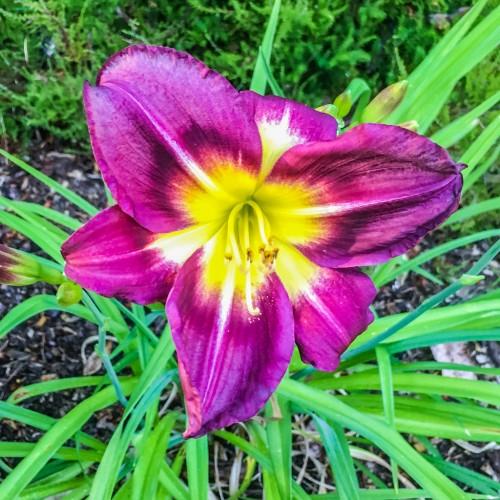
daylily
Hemerocallis 'Wayside Green Imp'
Cycle:
Herbaceous Perennial
Watering:
Average
Hardiness Zone:
3 - 9
Flowers:
Flowers
Sun:
Full sun,part shade
Leaf:
Yes
Growth Rate:
Low
Maintenance:
Low
Drought Tolerant:
Yes
Salt Tolerant:
Yes
Care Level:
Medium
watering
Daylilies should be watered thoroughly twice a week, but not more than 3 times a week. When wet, the soil should be moist but not soggy. Allow the top 1 or 2 inches of soil to dry out between waterings. For established daylilies, reduce watering in winter (once every 2 weeks or even less). Watering more frequently can cause fungal problems, or even rot. Fertilize every 2 weeks during the growing season with a water-soluble fertilizer at a rate of 1 teaspoon per gallon of water.
sunlight
Daylily (Hemerocallis 'Wayside Green Imp') plants thrive in locations where they receive direct sunlight for at least 6-8 hours a day. The ideal timing for sunlight to Daylilies would be morning sun. The plants should receive the light from the morning sun and then shade during the hottest part of the day, usually around 2 pm. This will help to provide the optimum conditions for the plant’s growth, flowering, and overall health.
pruning
The best time to prune Daylilies (Hemerocallis 'Wayside Green Imp') is in early spring just after their blooming period. Before pruning, remove any dead or diseased foliage. Pruning should be done lightly, mainly to remove dead foliage and thin the plants slightly to allow for better air circulation. Generally prune about 1-third of the foliage, including the flower stalks, and remove any excess foliage that is overcrowding the plants. Cutting off any foliage lower than 6 inches above the soil level is usually unnecessary. Although pruning heavily reduces flowering for that year, it does help to keep the plants neat and can help them to produce more flowers in following years.
